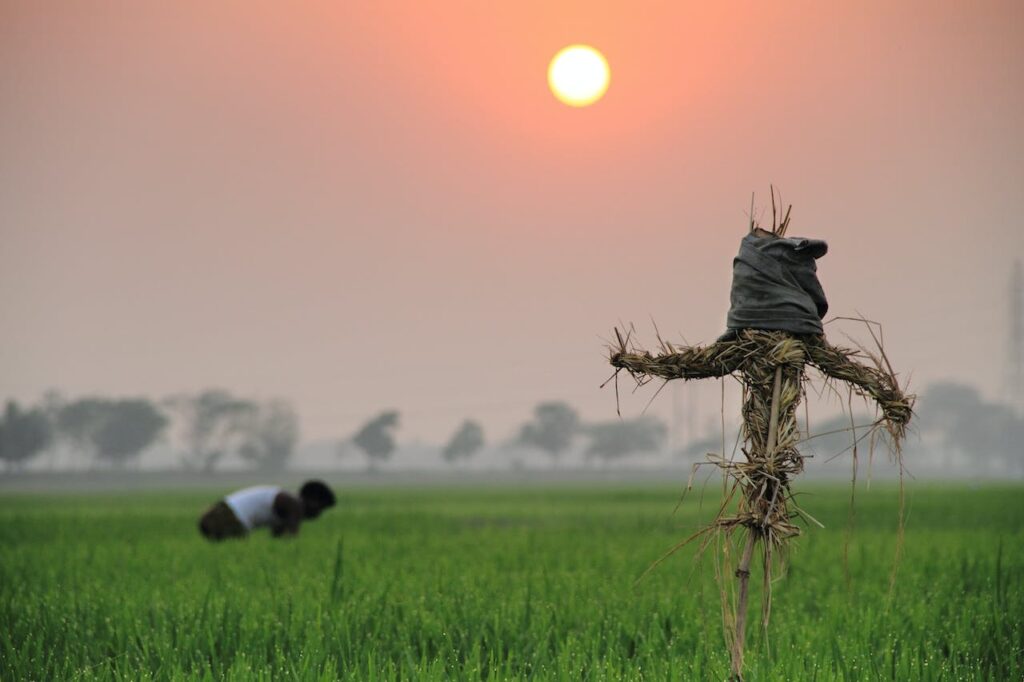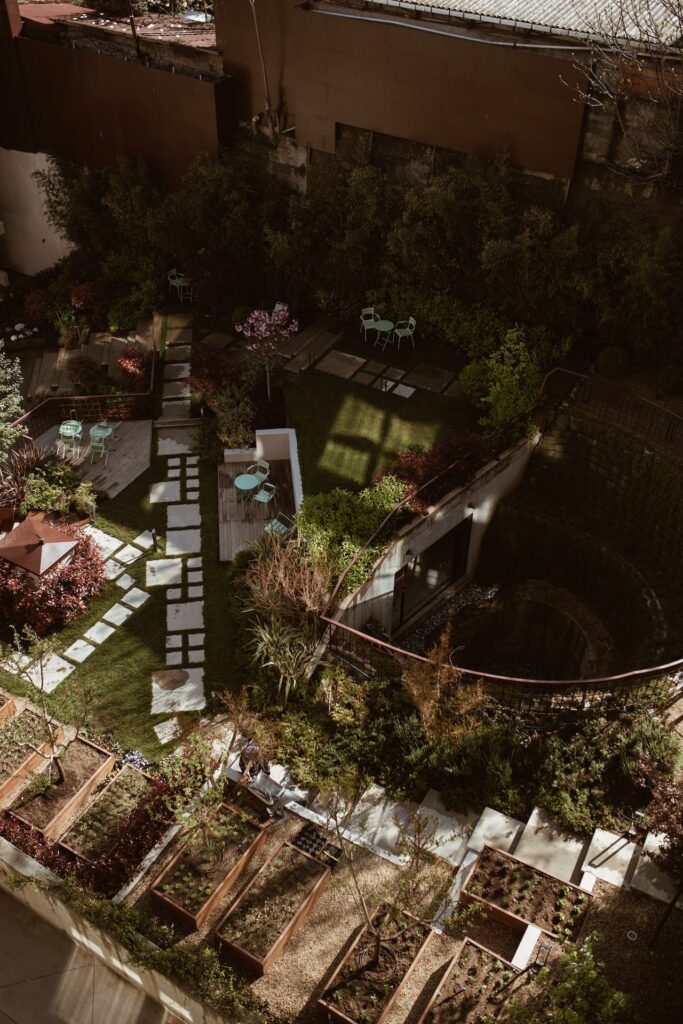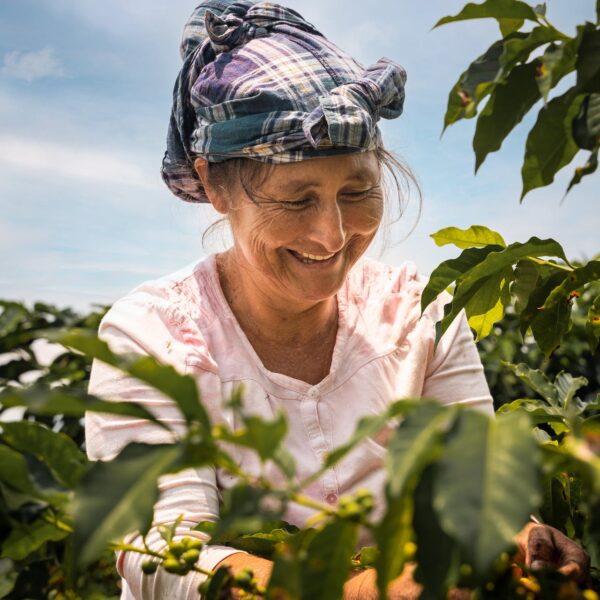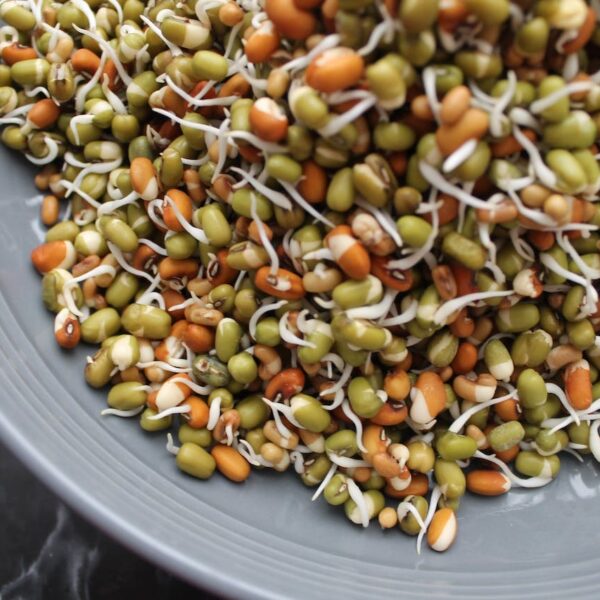Digging Deep: Real-Life Examples of Subsistence Farming Around the World
Ever wondered how folks grew their own food before grocery stores lined every corner? Well, wonder no more! Subsistence farming, or subsistence agriculture, the practice of growing your own grub to eat, is still alive and well across the globe. Let’s dive into some captivating examples:
1. The Andean Terraces of Peru: High in the Andes Mountains, where the air is thin and the views are breathtaking,indigenous communities have been practicing terrace farming for centuries. These ingenious structures, built into steep hillsides, create fertile platforms for growing potatoes, quinoa, and other essential crops.

2. The Floating Gardens of Bangladesh: Imagine lush, fertile gardens literally floating on water! In Bangladesh,resourceful farmers have mastered the art of creating “chingris” – small, floating islands made of water hyacinths and mud. These unique gardens thrive in flood-prone areas, offering a vital source of food and income.
3. The Shifting Cultivators of the Amazon Rainforest: Deep within the Amazon, indigenous tribes practice slash-and-burn agriculture, also known as shifting cultivation. This involves clearing small patches of rainforest, planting crops for a few years, and then moving on to allow the land to recover. It’s a delicate balance between human needs and environmental sustainability.

4. The Nomadic Herding of the Mongolian Steppes: In the vast, windswept plains of Mongolia, nomadic herders have followed the seasons for centuries, tending to their herds of sheep, goats, and horses. Their way of life is deeply connected to the land and animals, providing them with food, clothing, and shelter.
5. The Urban Farms of New York City: Even in the concrete jungle, the spirit of subsistence farming thrives. Urban farmers are reclaiming rooftops, backyards, and vacant lots, transforming them into productive vegetable gardens. These vibrant spaces foster a sense of community, provide fresh produce, and show that even in cities, you can grow your own food.
These are just a few examples of the diverse and inspiring ways people practice subsistence farming. Each community has adapted and developed unique techniques to thrive in their specific environment, creating a rich tapestry of cultural traditions and agricultural wisdom.

Subsistence farming isn’t just about survival; it’s about resilience, resourcefulness, and a deep connection to the land. It teaches us valuable lessons about self-sufficiency, sustainability, and living in harmony with nature. As we face an uncertain future, the lessons learned from subsistence farmers offer valuable insights for building a more equitable and sustainable food system for all.
So, the next time you bite into a fresh tomato or juicy carrot, remember the incredible journey it took to get to your plate. Be grateful for the hard work and dedication of subsistence farmers around the world who are keeping this ancient practice alive and thriving.
Let’s spark the conversation: Share your thoughts on the importance of subsistence farming in the comments below!


